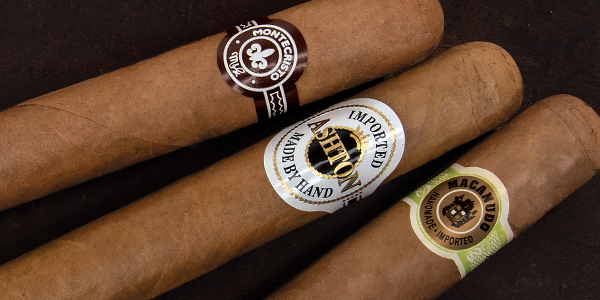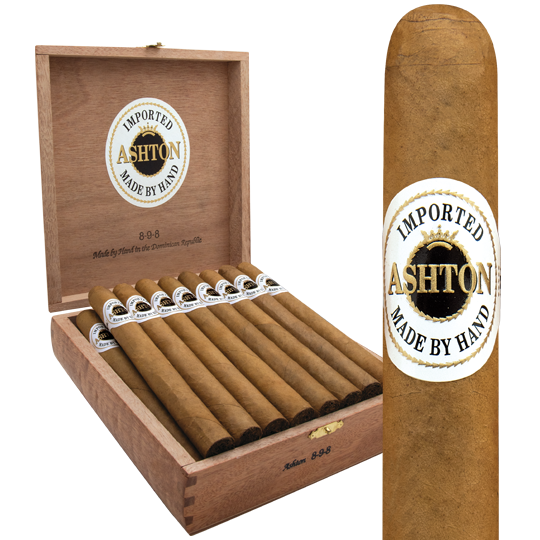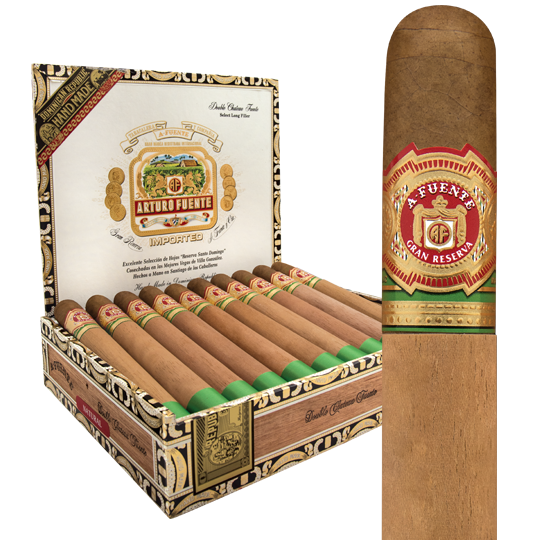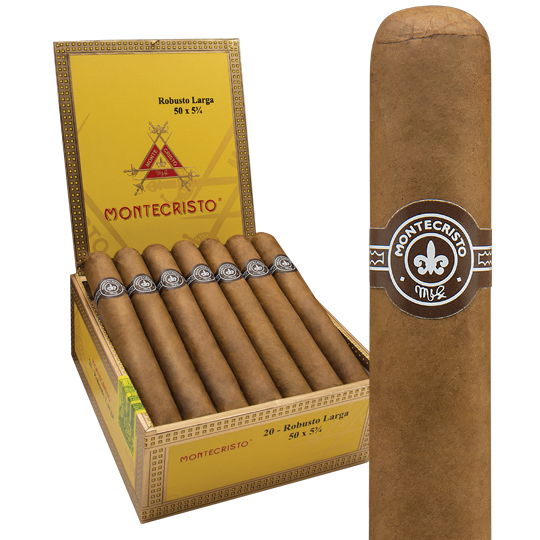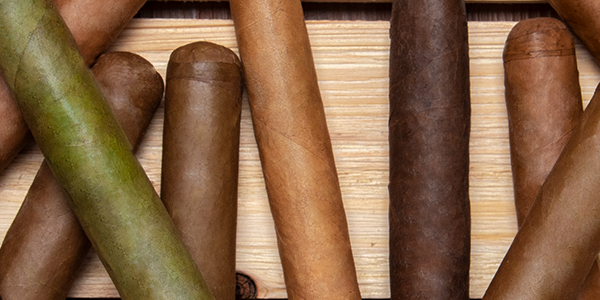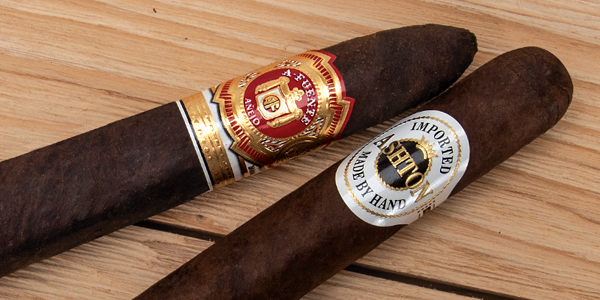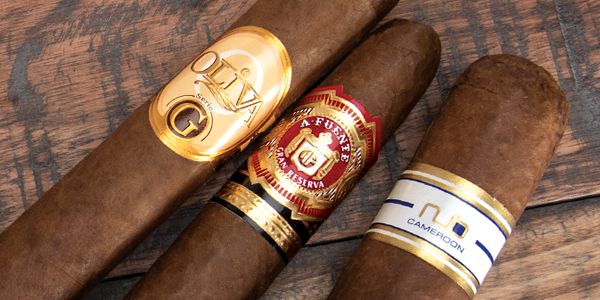All About Connecticut Shade Tobacco & Wrappers
Many assume tobacco is grown exclusively in tropical, equatorial climates like those found in the Dominican Republic, Central America, South America, and Cuba. The Connecticut River Valley, however, has been one of the most fertile tobacco-growing regions in the world for hundreds of years. Many of today’s best-known cigars are finished in a glistening and golden wrapper grown under the shade of nylon netting or cheesecloth in the Connecticut River Valley.
The best Connecticut cigars include famous brands like Ashton Classic, Ashton Cabinet, Arturo Fuente Chateau Fuente, Montecristo, and Macanudo due to their high-quality Connecticut Shade wrappers. Creamy and approachable tasting notes of nuts, cedar, and coffee beans characterize a number of cigars crafted with Connecticut Shade wrappers. Let’s take a look at what sets Connecticut tobaccos apart and why so many prominent brands rely on them.
The Connecticut River Valley
Tobacco cultivation in the Connecticut River Valley stretches as far as south as East Haddam, Connecticut, and shoots northward along the Connecticut River through Massachusetts and New Hampshire and into the lower portion of Vermont. When glaciers covered North America thousands of years ago, they left in their wake silty soil throughout the valley. This soil and the region’s climate proved ideal for growing tobacco. As a result, highly skilled tobacco farmers have been attracted to the area for hundreds of years and tobacco production has thrived.
A Quick History Lesson
The origins of cigars can be traced back to the indigenous Mayan civilization in Central America in approximately the 10th century. The spread of Mayan culture as far north as Canada and south into Chile included tobacco consumption and knowledge of how to grow the crop. Thanks to Columbus’ expedition in 1492 tobacco made its debut in Europe where it quickly became very popular.
The first colonial tobacco crops suitable for cigars, however, were planted in Windsor, Connecticut in 1640. The earliest tobaccos grown there were primarily used for binder and wrapper leaves and were rougher in texture and appearance. Today, we classify these tobaccos as Connecticut Broadleaf – they are grown under direct sunlight which toughens up the leaf and leads to a more rugged look. Only Connecticut Broadleaf tobacco was grown in the region prior to 1900.
The Origins of Connecticut Shade Tobacco
By 1900, a number of cigar-makers began blending cigars with tobacco from Sumatra. The varietal proved a fierce competitor to Connecticut-grown tobaccos and threatened the livelihood of many tobacco growers in Connecticut. As a result, farmers in the valley experimented by planting Sumatra-seed tobaccos there. During their first attempts, natural sunlight scorched the leaves. At some point, one or more farmers noted that the tobacco-growing season in Sumatra consisted of predominantly overcast weather. With this in mind, they began to erect cheesecloth tents over their crops to obscure direct sunlight.
The results surpassed expectations. Tobacco leaves grown under shade were far more refined, thinner, and exhibited extraordinarily faint veins. A luscious, glistening golden-blond leaf emerged after the curing and aging process. The use of shade spread to a number of different seed varietals grown in Connecticut.
Making the Shade
Today nylon mesh netting is used largely to shade the crops in favor of cheesecloth. Tobacco plants can surge two to four inches in a single day as the nylon shade encapsulates the intense heat and humidity. The process for growing Connecticut Shade has changed little in a century. Posts are driven into a tobacco field in a grid pattern. Wires are connected between the posts and the lightweight nylon fabric is stretched along the sides. Beneath each tent, the sunlight is diffused, humidity is captured, and the temperature is higher than outside.
The method of growing tobacco under shade is now common in many regions, including the Dominican Republic, Nicaragua, and Cuba. You will also find Connecticut-seed tobaccos grown in a number of other countries, especially Ecuador. However, for tobacco to be considered true Connecticut Shade, it must be planted in the Connecticut River Valley.
Connecticut Shade Tobacco Then and Now
Tobacco production in Connecticut today is a fraction of what it was at its peak in the 1930s when 30,000 acres of farmland grew tobacco according to an August 15, 2015 article on ConnecticutHistory.org. Mostly due to an overall decline in cigar smoking from a century ago, now roughly just 2,000 acres are dedicated to tobacco production.
A veteran of the region’s tobacco industry, John E. Luddy, made his living supplying farmers with shade cloth and other supplies. In 1987, he established the Connecticut Valley Tobacco Historical Society to preserve an account of the region’s extensive tobacco-farming heritage. You can tour the society’s museum in Windsor and experience the extensive cultural and historical impact tobacco has had on the valley.
Connecticut is Still King
Cigar consumption may be less than it was a couple generations ago, but the quality of today’s cigars easily exceeds that of any previous period in time. Advanced growing, fermenting, and aging techniques increase the consistency and richness of taste in the tobacco that is farmed today.
Many of today’s bestselling cigar brands rely exclusively and heavily on Connecticut Shade wrapper to achieve the consistent and celebrated taste of their cigars. The wrapper leaves are the most expensive component in any premium handmade cigar, but Connecticut wrappers are the most expensive. Labor and productions costs are higher and the growing season is shorter than in other tobacco-rich areas like the Dominican Republic and Nicaragua.
Nonetheless, there is simply no other tobacco that can be considered a worthy substitute for the elegant, refined flavor and subtle sweetness true Connecticut Shade wrappers deliver.

